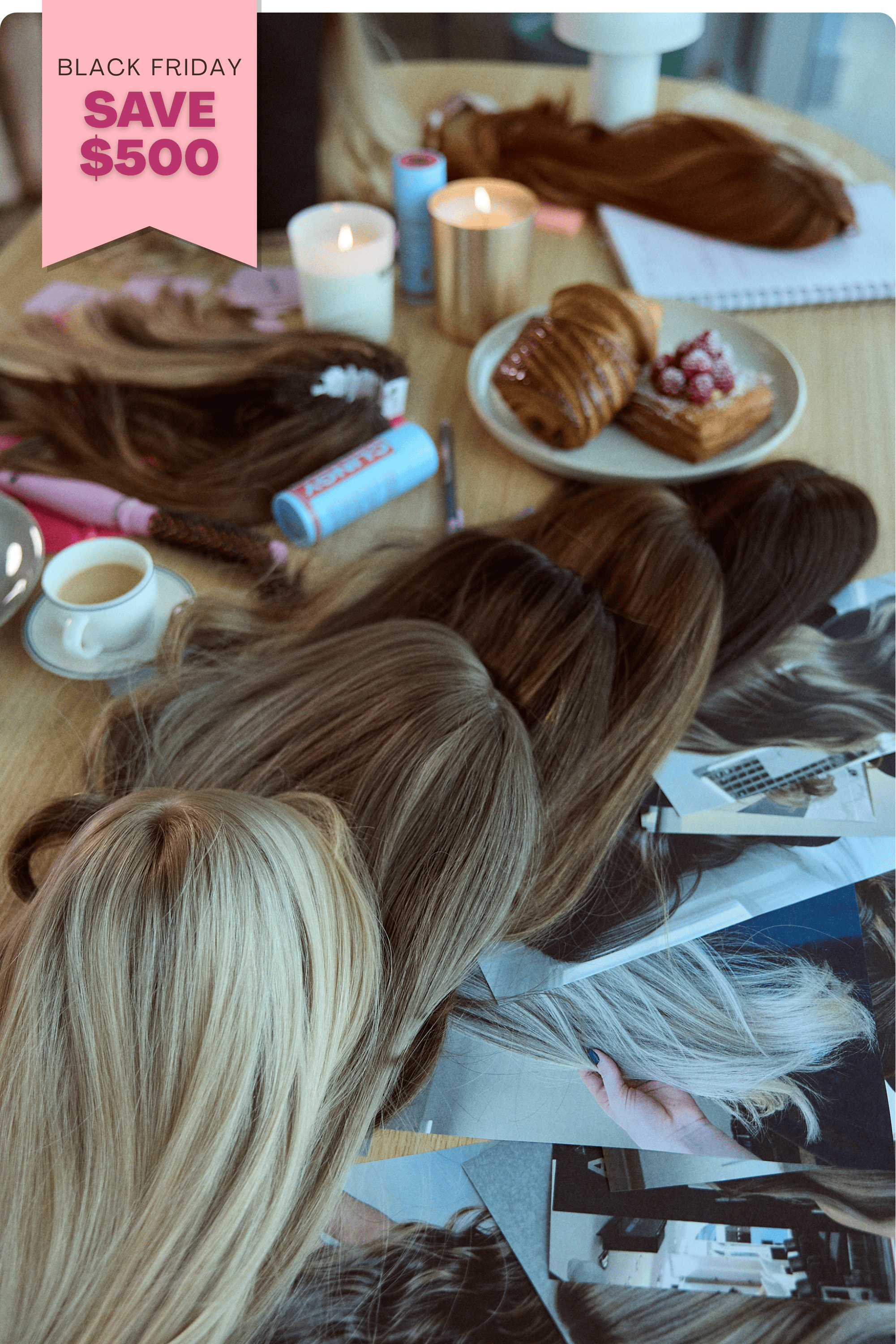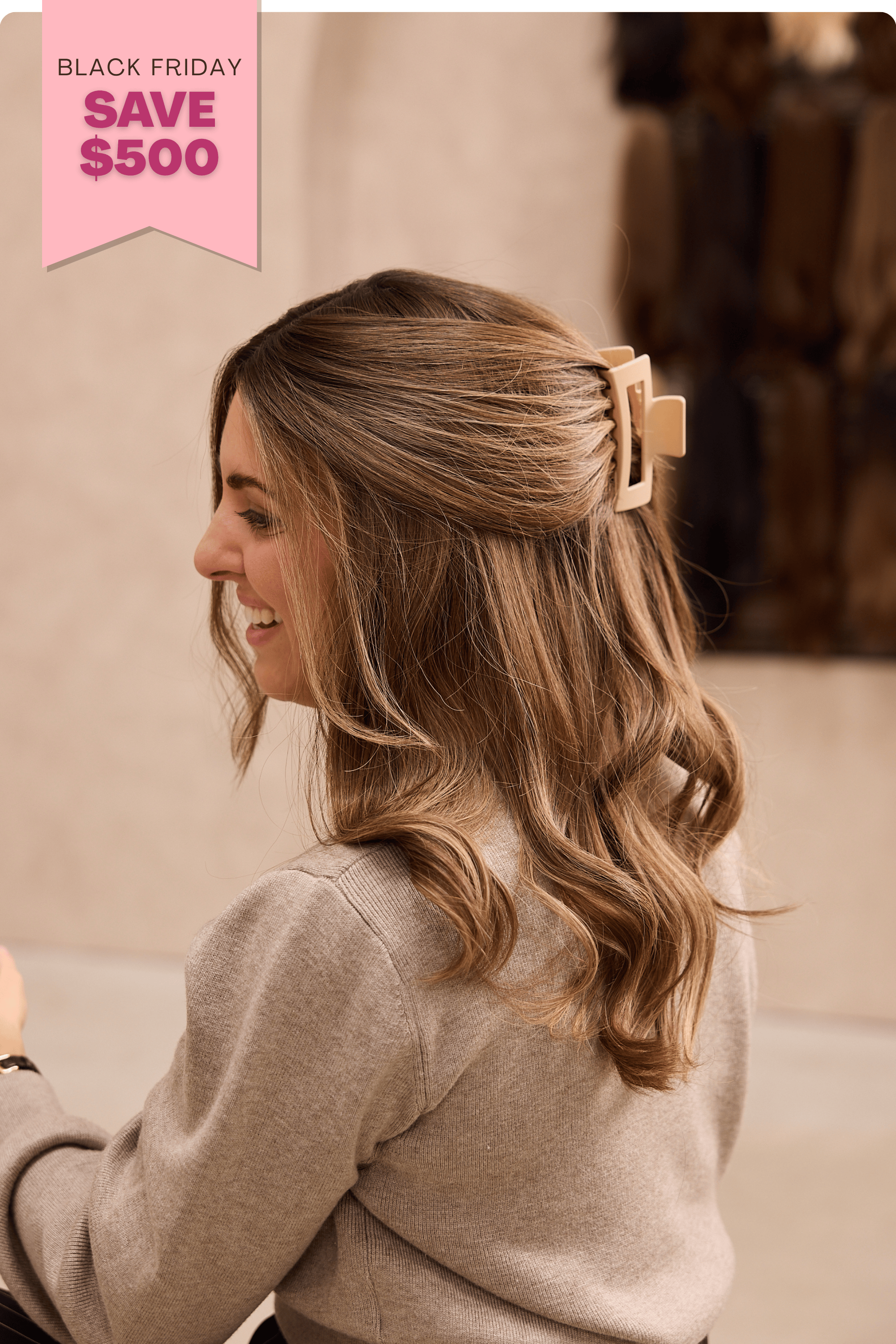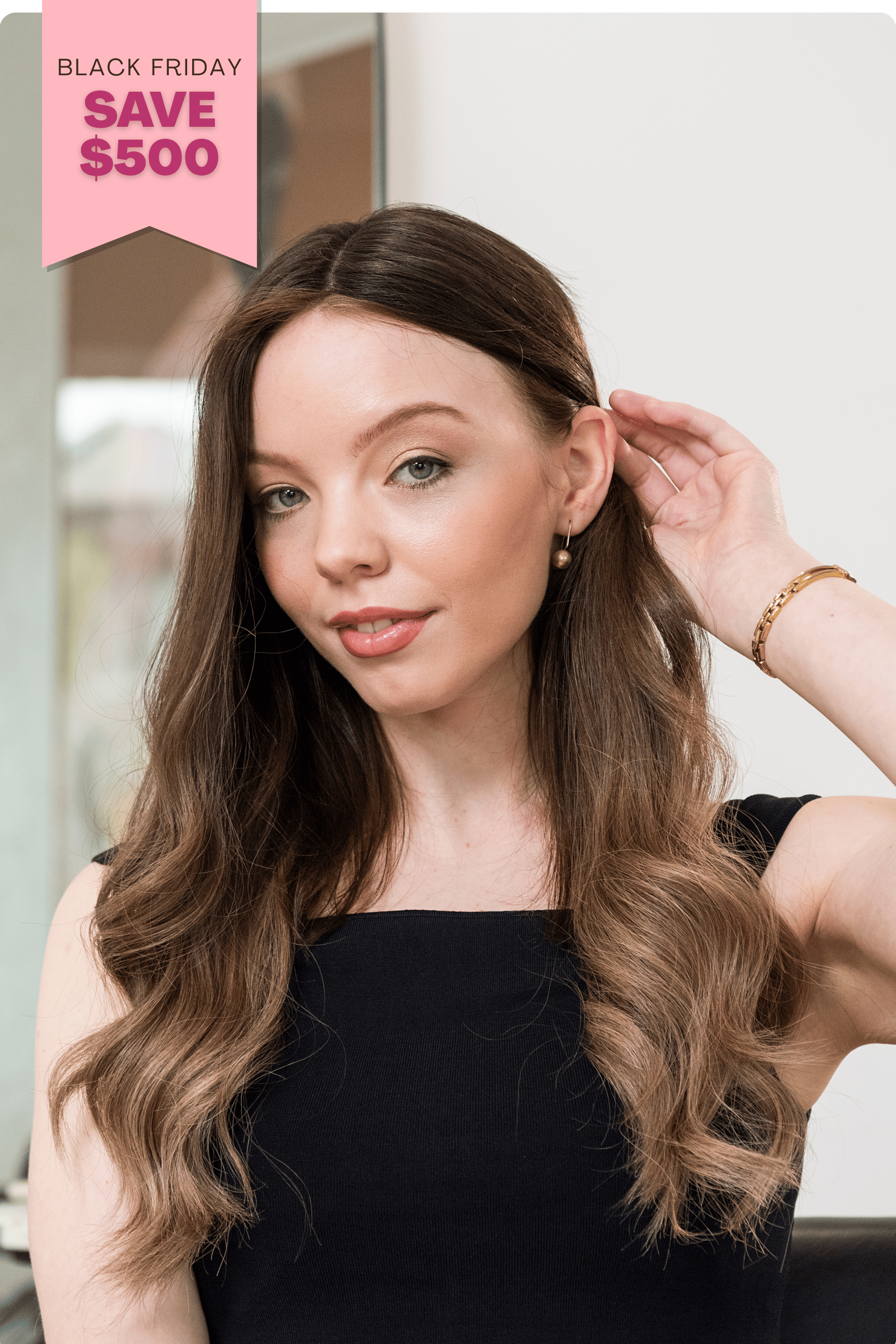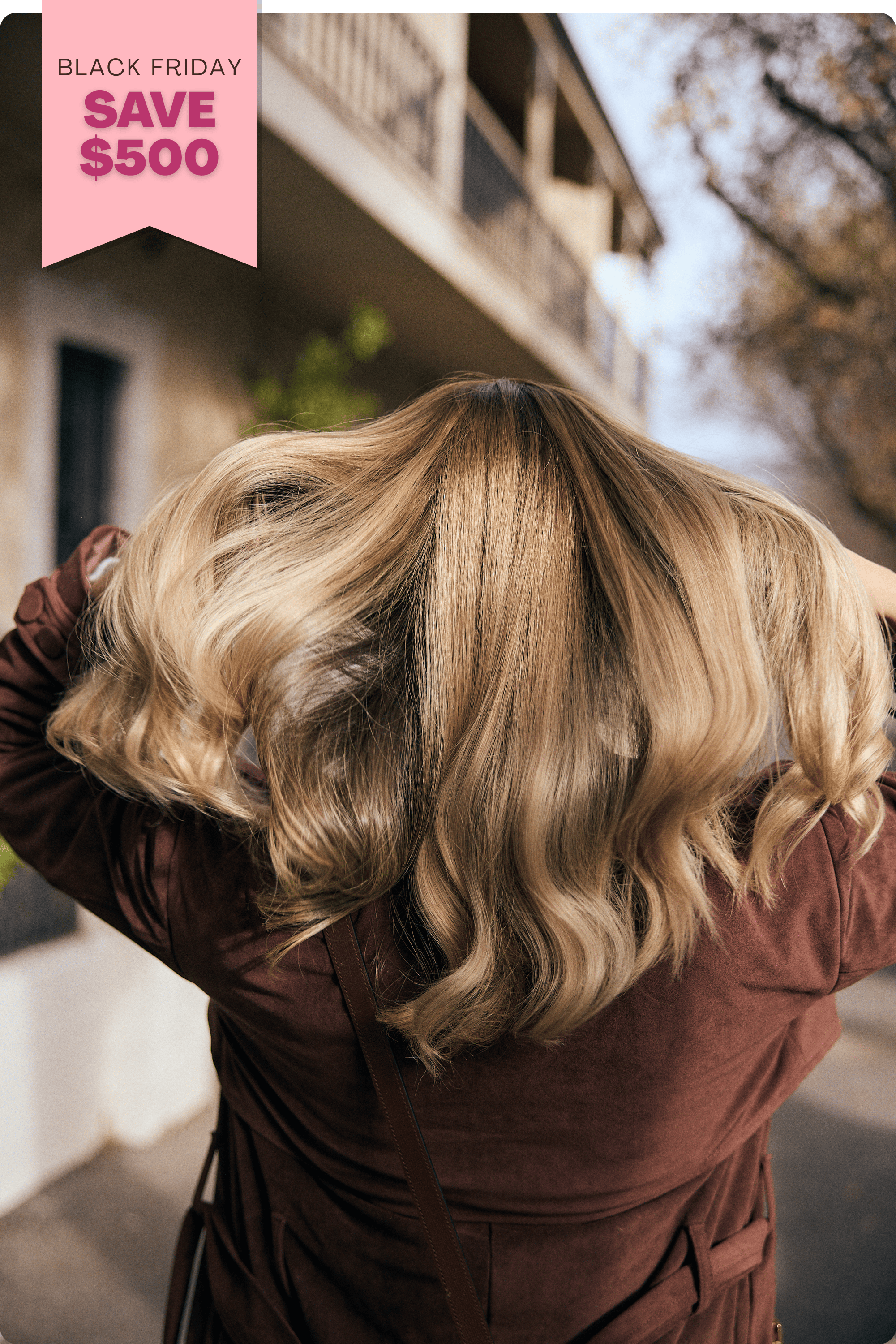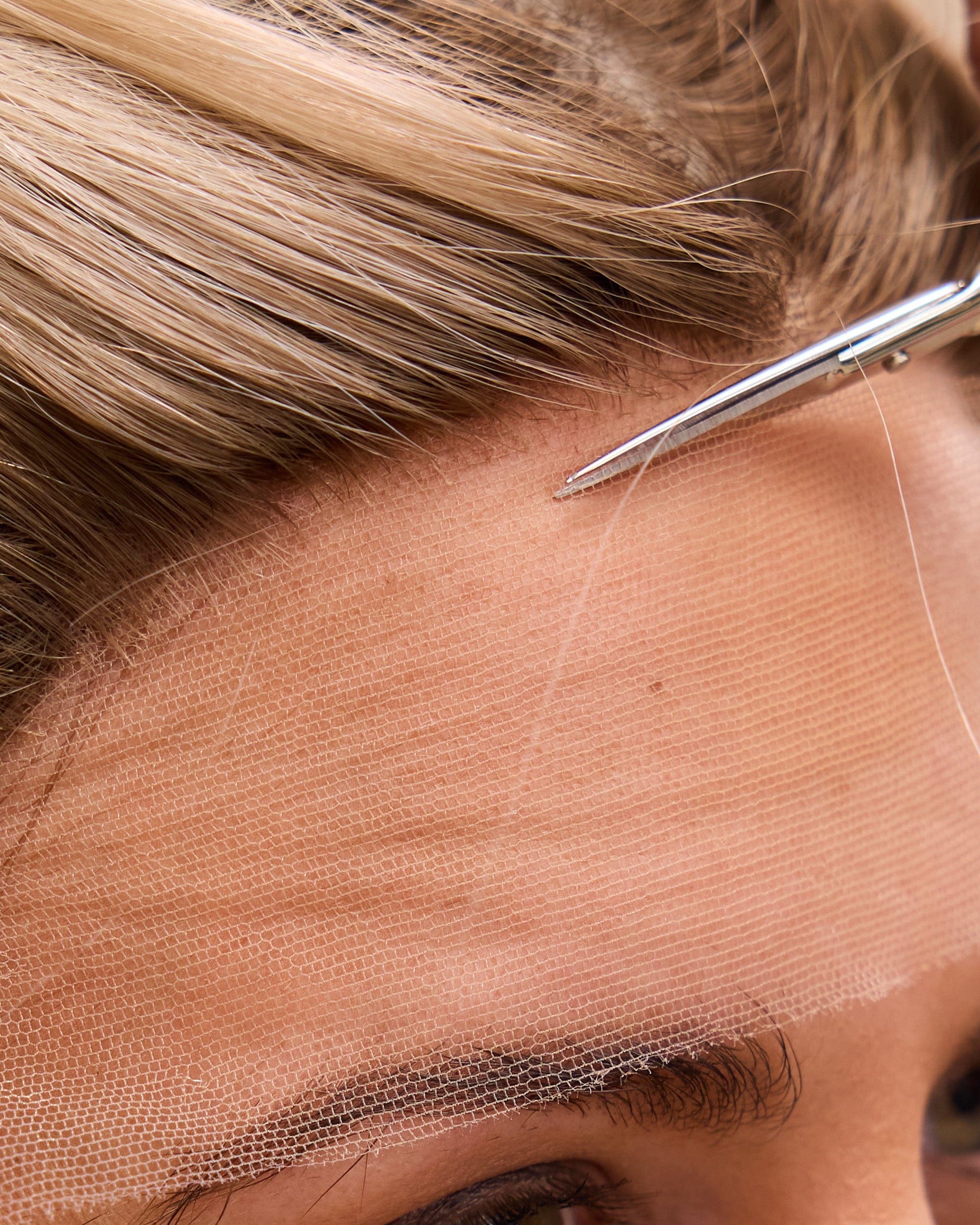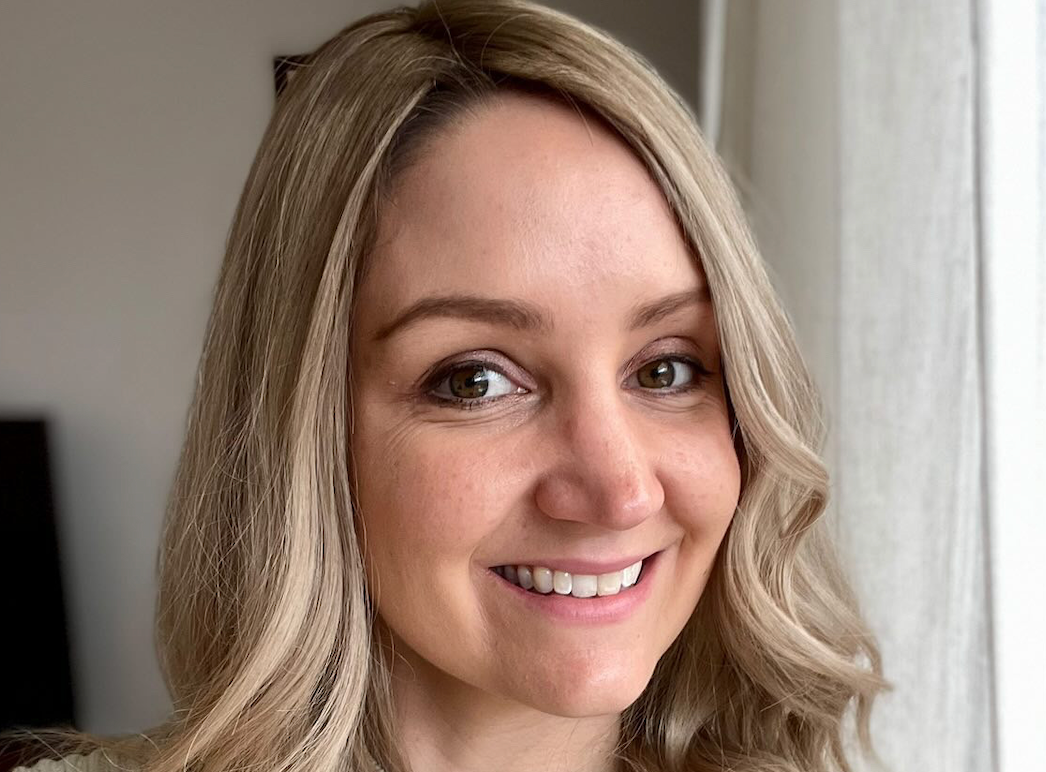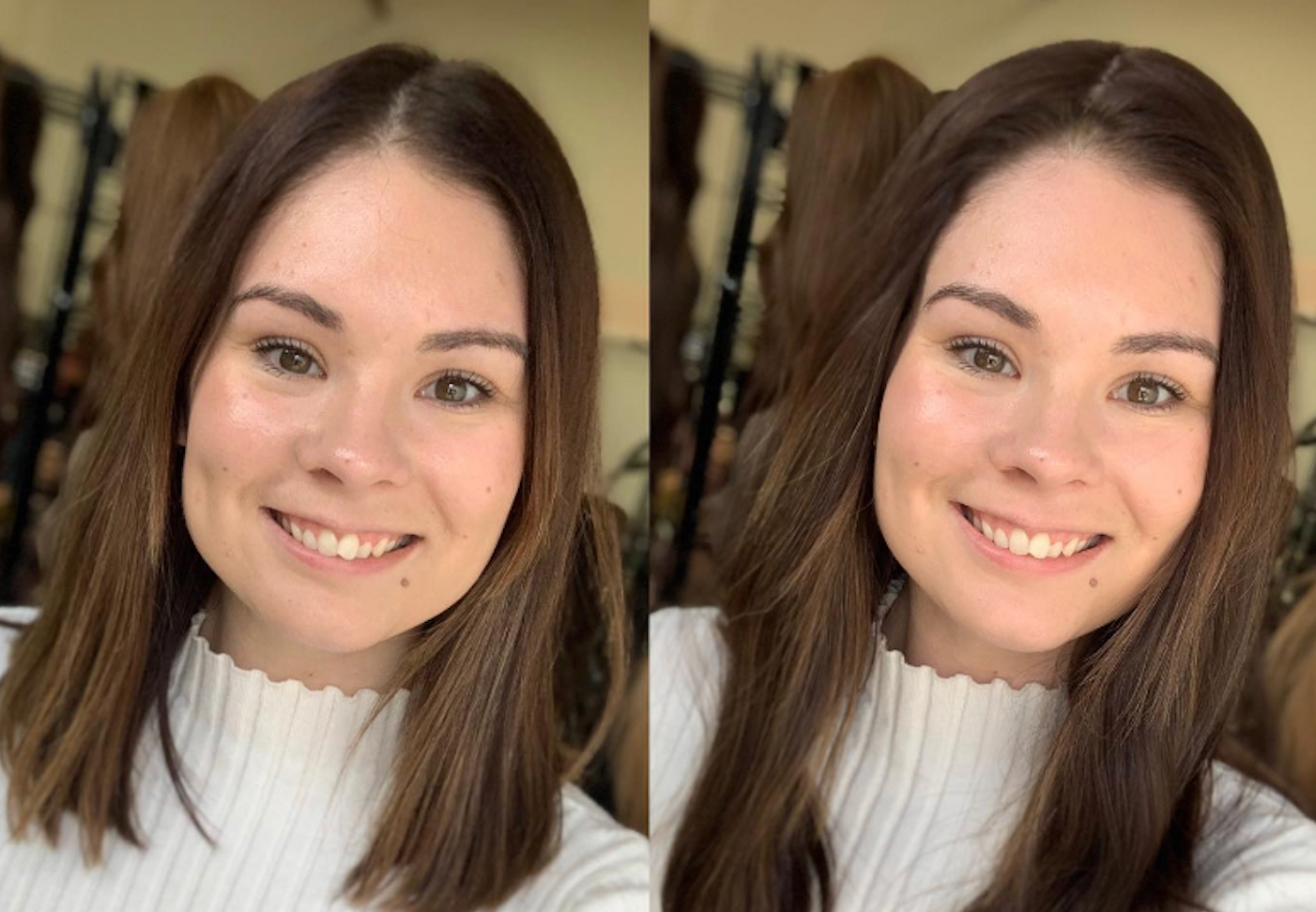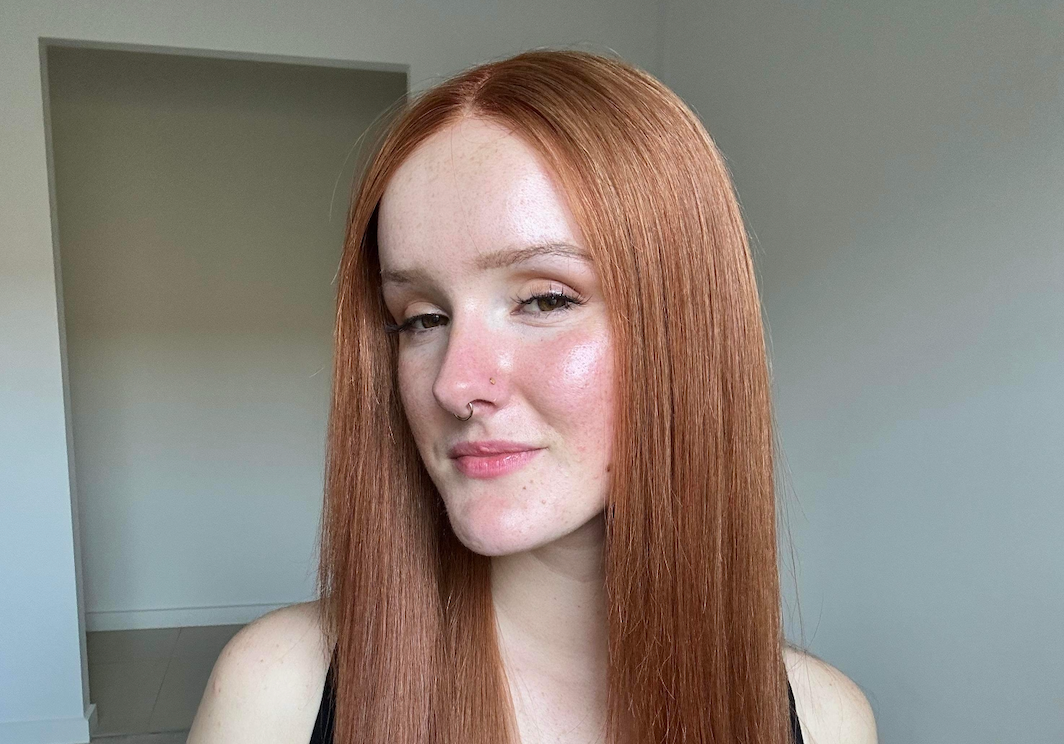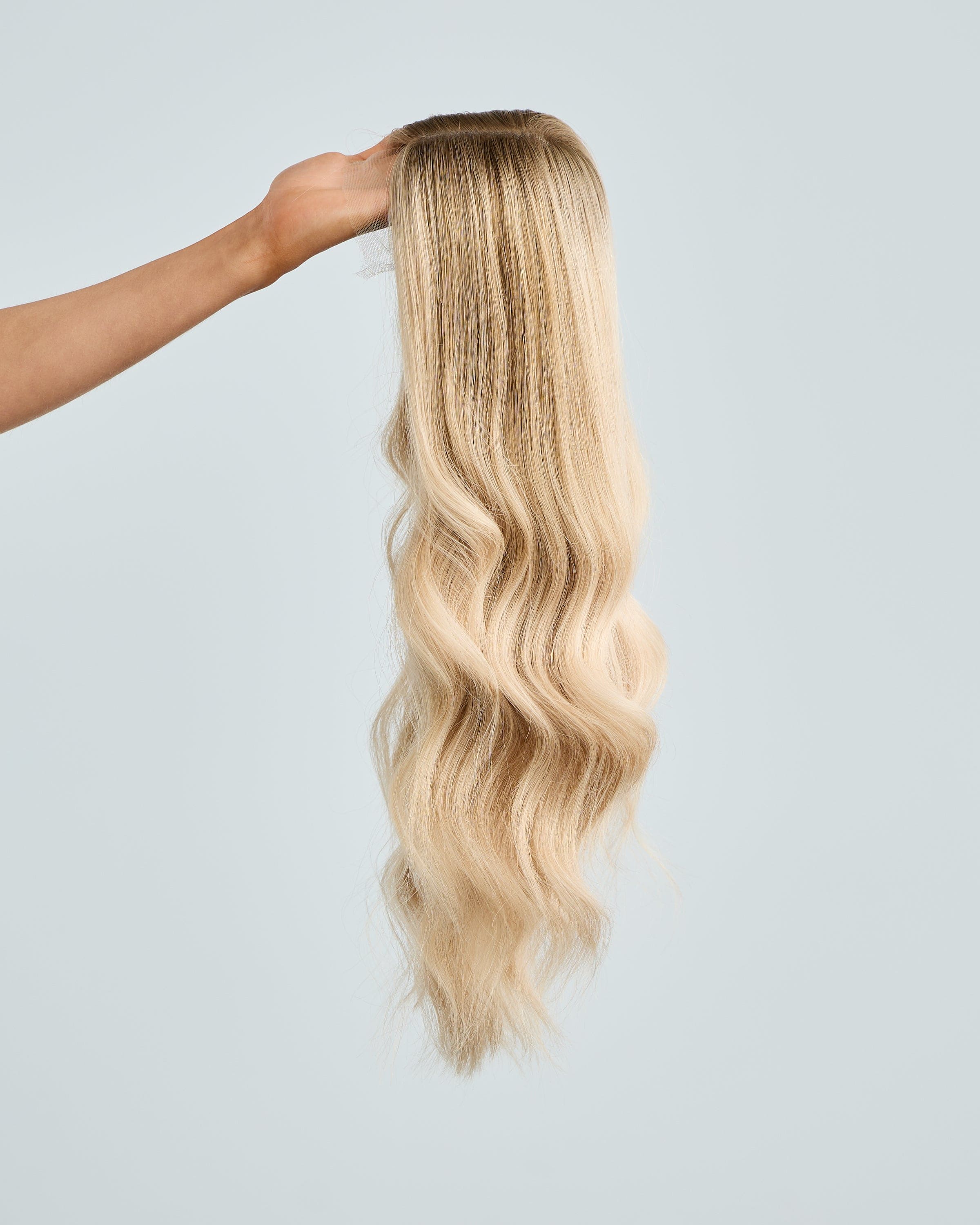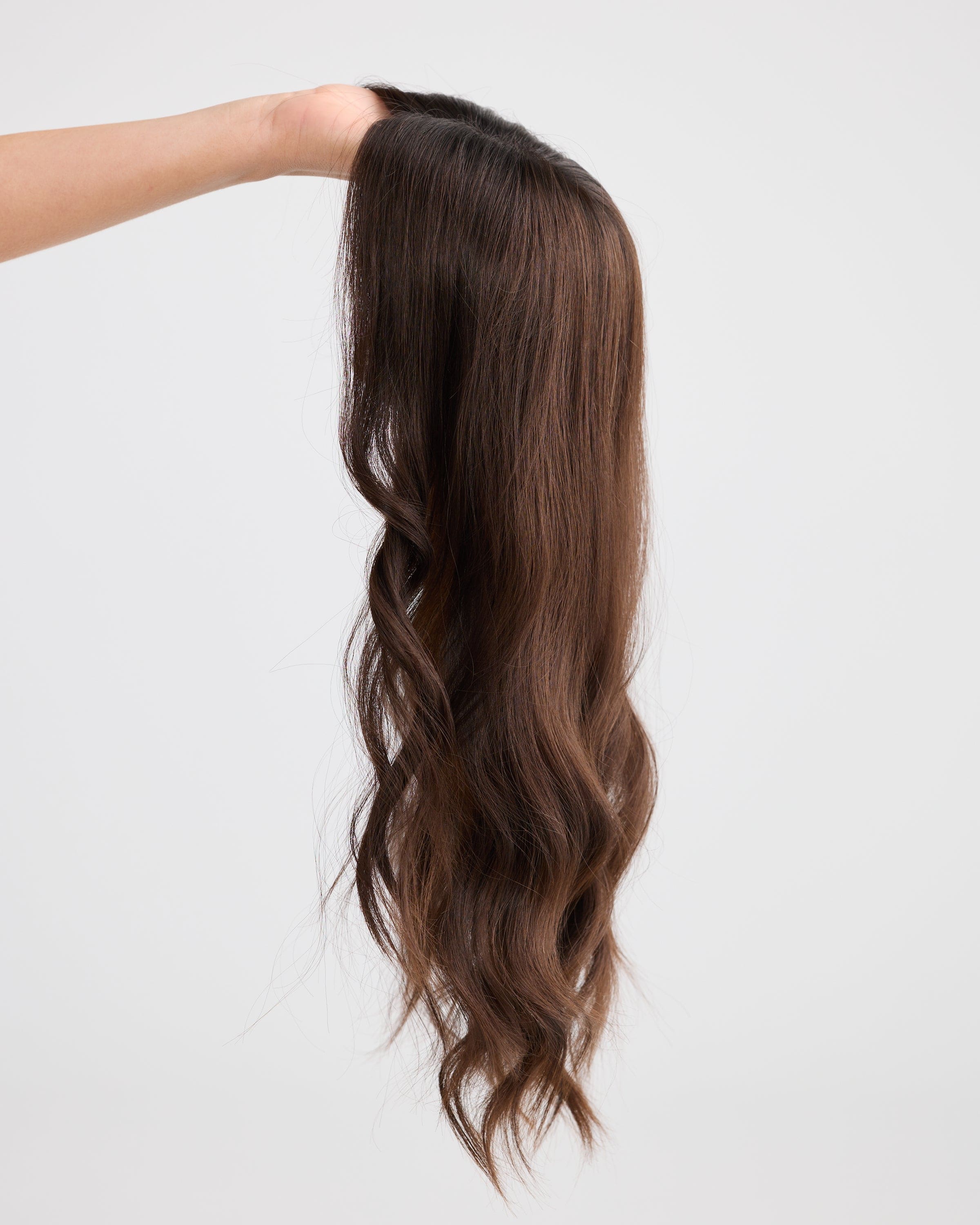The Intriguing Phenomenon of Seasonal Shedding
Isn't it fascinating how connected we are to the world around us? Just as trees shed their leaves and animals change their coats, many of us experience shifts in our hair growth according to the seasons. This phenomenon, commonly referred to as seasonal shedding, is one of Mother Nature's many wonders. Let's dive a bit deeper into what this means for us.
Why Does Seasonal Shedding Happen?
The exact reasoning behind seasonal shedding is still a topic of study and discussion among experts. However, there's a prevailing theory grounded in our evolutionary roots. Consider the harsh winter climates our ancestors braved. Having thicker hair during colder months provided extra warmth and protection. As winter approached, there might have been a reduction in the rate of hair shedding, leading to denser hair. When warmer months rolled around, especially autumn, the need for that extra layer decreased, prompting the body to shed more hair.

The Science Behind Seasonal Shedding
As we further delve into the topic of seasonal shedding, it becomes evident that there's more than just the cyclical rotation of Earth playing its role. Our biological clocks, or circadian rhythms, play a significant role in synchronizing our bodily functions with external environmental cues, like sunlight. These rhythms can influence sleep-wake cycles, hormone release, and even our hair growth cycle.
In 2017, a study published in the British Journal of Dermatology highlighted a pattern where hair loss seemed to peak during summer and fall. The researchers suggested this could be due to the delay between when hair is programmed to shed (during summer) and when it does (in autumn). Why? It's believed that the increased exposure to sunlight during summer months can cause more hair follicles to enter the telogen or resting phase. When the resting phase ends, shedding begins, which usually happens after a few months, leading to the autumnal increase in hair loss.
The Autumnal Affair with Hair:
While some may experience increased shedding in spring or summer, many report a noticeable uptick in hair loss during autumn. You're not imagining it when you find a few extra strands on your brush come Autumn! This could be your body's way of regulating hair density in response to the changing seasons. The hair that started its growth phase in summer goes into its resting phase in the fall and then begins to shed. It's as if your hair is mirroring the trees, letting go of what it no longer needs.

Other Contributing Factors: Deep Dive into Hair Shedding Triggers
While the cyclical ebb and flow of hair loss influenced by seasons is undoubtedly fascinating, various elements come into play when considering hair shedding. The natural world and our personal habits, intricately intertwined, leave footprints on the health and vigor of our hair. Let’s delve deeper into these influential factors:
-
Impact of the Sun: The summer sun, while inviting for beach days and picnics, emits ultraviolet (UV) rays that can be damaging. Prolonged sun exposure can dehydrate the hair, making it dry and brittle. The UV rays can break down the essential proteins in hair, particularly in colored or chemically-treated hair, leading to weakness and increased breakage.
-
Effects of Chlorine and Saltwater: Those rejuvenating dips in the pool or the sea come with a caveat. Chlorine, used to keep swimming pools clean, can strip hair of its natural oils, leading to dryness and potential damage. Similarly, salt from seawater draws moisture out of the hair, which can lead to tangling, knotting, and eventually breakage.
-
Dietary Changes: The phrase "You are what you eat" rings particularly true for hair health. A diet deficient in essential nutrients can hinder hair growth and strength. For example, iron-deficiency anemia, or a lack of protein in one's diet, can result in hair shedding. On the flip side, consuming an excess of Vitamin A can also lead to hair loss.
-
Vitamin D Levels: Often termed the 'sunshine vitamin,' Vitamin D plays a pivotal role in hair follicle cycling. Reduced exposure to sunlight, especially during the gloomier months, can lead to decreased Vitamin D synthesis. This deficiency has been linked to non-scarring alopecia or temporary hair loss.
-
Stress & Hair Loss: Psychological and physical stress can activate the body's 'fight or flight' response, diverting essential nutrients and energy away from hair growth to more critical bodily functions. This can push hair prematurely into the shedding phase. Events like surgery, rapid weight loss, or emotional stressors can trigger a type of hair loss called Telogen Effluvium.
-
Hormonal Changes: Hormones play an essential role in our body's functioning, including hair growth. Fluctuations, whether due to pregnancy, birth control pills, menopause, or thyroid conditions, can influence the hair's growth and shedding phases.
-
Medications and Treatments: Certain medications, including some antidepressants, blood pressure drugs, and chemotherapy, can lead to hair thinning or loss as a side effect.
-
Underlying Health Conditions: Conditions such as Polycystic Ovary Syndrome (PCOS), lupus, or dermatological issues like seborrheic dermatitis can also result in hair shedding.
How to Navigate Seasonal Shedding:
-
Awareness is Key: Just knowing that seasonal shedding is a natural phenomenon can provide immense relief. It's not you; it's just the rhythm of nature!
-
Gentle Hair Care: Especially during periods of increased shedding, opt for gentle brushes and avoid aggressive towel drying. Treat your hair with the kindness it deserves.
-
Stay Nourished: Ensure you're getting a balanced diet rich in essential vitamins and minerals that support hair health. Consider supplements if necessary, but always consult with a healthcare professional first.
-
Protect Your Hair: If you know summer activities can weaken your hair, consider protective measures like hats, UV-protectant sprays, and deep conditioning treatments.
-
Consult a Specialist: If you feel your hair shedding is excessive or prolonged, it's always a good idea to see a dermatologist or trichologist. They can provide insights tailored to your specific situation.
Dealing with Seasonal Hair Shed: Holistic Approaches
-
Mindfulness and Stress Management: Chronic stress can aggravate hair shedding. Practices like meditation, deep breathing exercises, and yoga can help manage stress and its impact on hair health.
-
Herbal Remedies: Some believe that natural treatments, such as rinsing the hair with green tea or applying aloe vera gel to the scalp, can help in reducing hair fall. However, the efficacy of these methods can vary.
-
Regular Scalp Massages: Increasing circulation to the scalp through massages can promote hair health. Using oils like coconut or jojoba can be beneficial.
-
Stay Hydrated: Just like plants need water to thrive, our hair needs hydration, both externally and internally. Drinking adequate water supports overall health, including that of your hair.
The Psychological Aspect of Seasonal Shedding
A good hair day can make you feel so confident, while excessive hair shedding can be distressing. The human psyche often links hair health to overall well-being, and sudden or unexplained hair loss can be alarming.
In today's era, where beauty standards are ever-evolving but ever-present, shedding hair can take a toll on one's self-esteem. Hence, understanding the naturalness of the process can provide solace and promote a healthier self-image.
In the end, it's all about understanding and embracing the ever-changing nature of our bodies. While seasonal shedding might give us a tiny bit of hair-pulling frustration, it's a testament to how beautifully attuned our bodies are to the world around us. So next time autumn rolls around and you notice a few extra strands, remember, your hair is simply doing its thing. Celebrate it!


